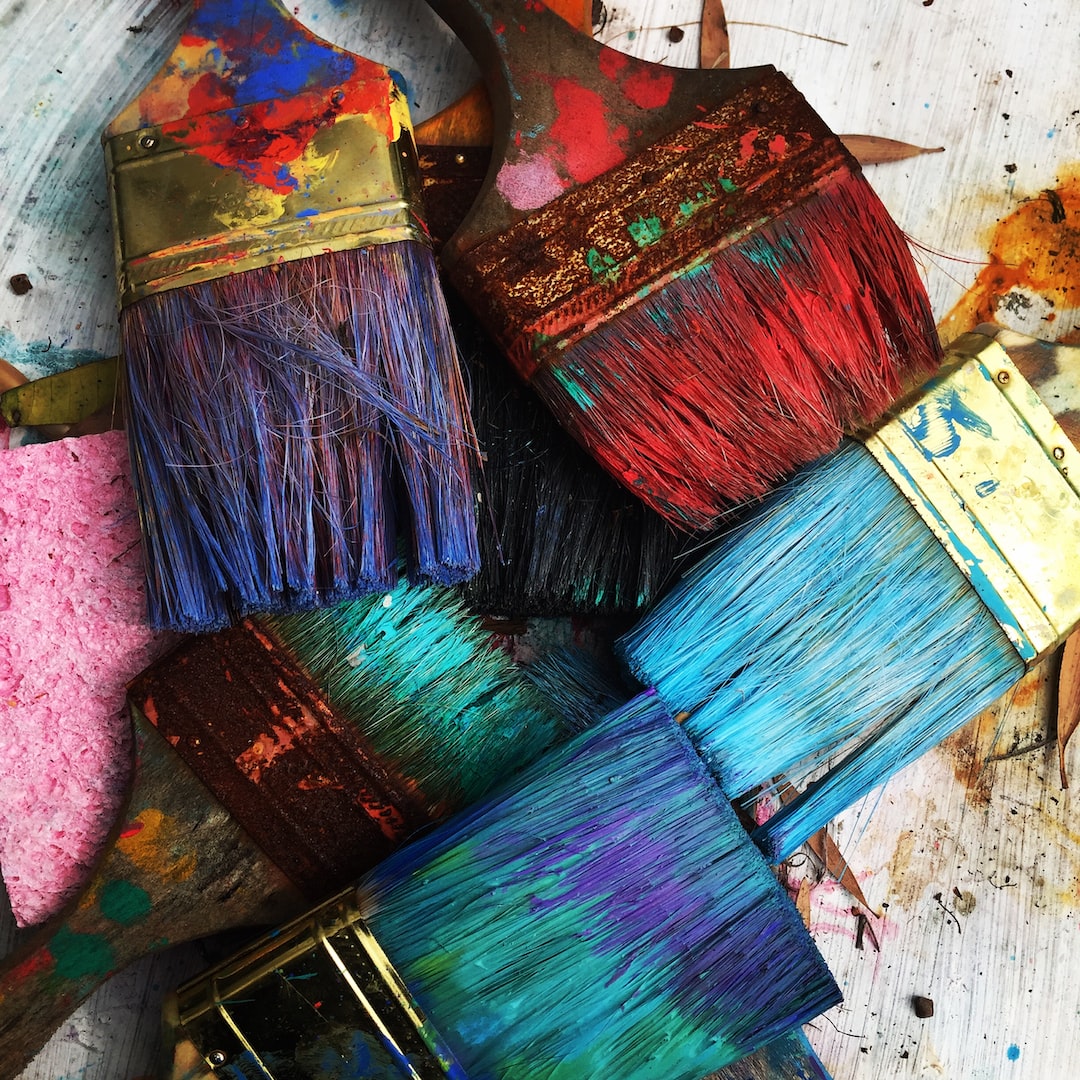The influence of African art on Western art is a topic that has been extensively debated over the years. African art has had a significant impact on the development of Western art, with a range of artists drawing inspiration from the continent’s diverse cultures for their work. African art is unique, with a diverse range of styles, techniques, and materials. This diversity has made it an attractive source of inspiration for artists, who look for new and exciting ways to explore different cultures.
One of the first and most significant instances of African art’s influence on Western art was during the early 20th century and was popularly called the African Art boom. During this period, a lot of artists, particularly from Europe, began to recognize the fine craftsmanship, aesthetic honesty, and power of African Art. These artists were mostly Modernists and were trying to re-establish themselves following the devastation World War I had left in its wake. The African aesthetics were regarded as fresh ingredients that had the potential to reinvigorate modern art.
African art has influenced the creative development of Western art in a plethora of ways, from its bright colors to its asymmetry and abstract nature. The works of African artists have been particularly influential in shaping the aesthetics of modernist artists and the pop art era. Famous artists like Pablo Picasso, who was one of the pioneers of the Cubist movement, demonstrated a deep appreciation of African art and were profoundly influenced by it. Cubism, which employed the fragmentation and reassembly of forms, was greatly inspired by African masks, which enabled artists to explore abstraction in a new and exciting way.
Another notable influence of African art on Western art was the use of elongated and distorted figures. This style of drawing was explored in the works of various artists including Francis Bacon, who was heavily inspired by African tribal masks. Elongated figures were also adopted in the works of acclaimed sculptor Henry Moore, and as a result, became a prominent feature in many of his sculptures.
Additionally, the simplicity and abstraction of African art have influenced many artists in the Western art world. Contemporary artist Yinka Shonibare, who is known for exploring race and colonialism through fashion, has drawn inspiration from the 19th-century Dutch wax cloth that was imported to Africa and later incorporated into the continent’s traditional dress styles. Shonibare’s works are characterized by brightly colored wax fabric, Western clothing, and Victorian furniture that he uses to create a fascinating fusion of African and Western cultures.
In conclusion, the influence of African art on Western art is undeniable and pervasive. From the early years of the 20th century to contemporary art, African art has inspired generations of artists worldwide. Its unique style, vibrancy, and abstraction has allowed Western artists to explore new territories and express themselves in different ways. The influence of African art is a testament to its cultural richness, and it is fascinating to see how it continues to shape the future of Western art.

